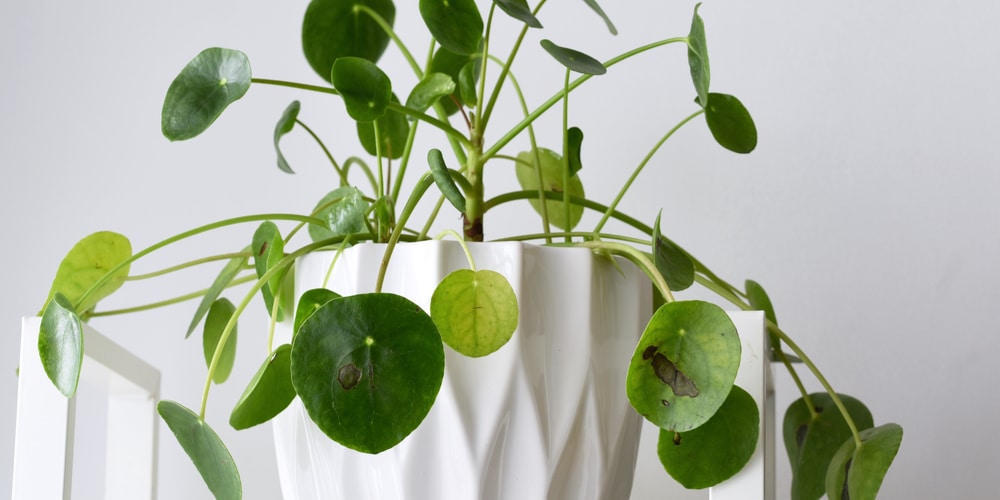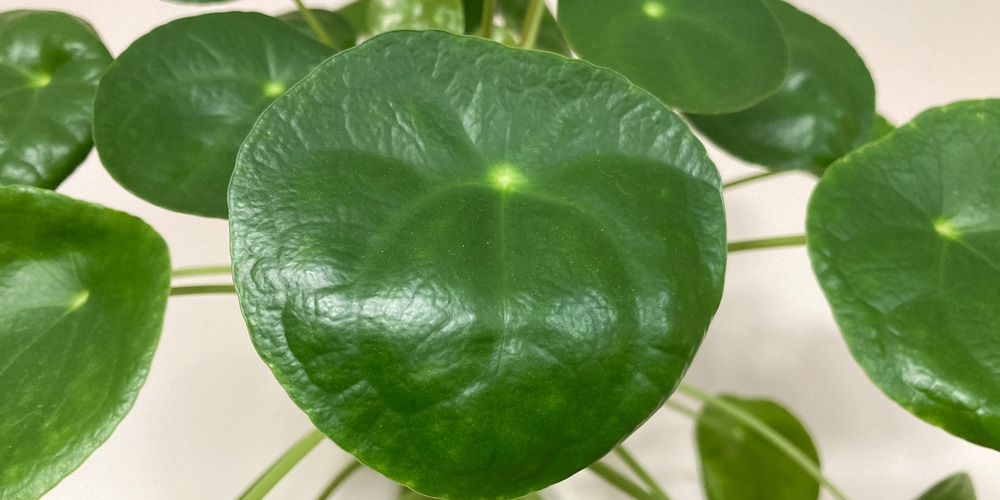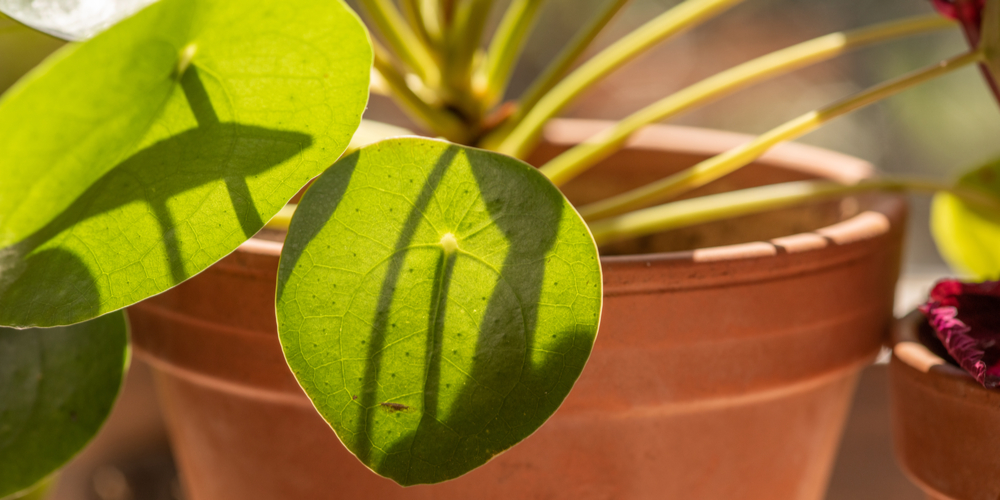Bronze pilea, also known as Pilea spp, is a plant species consisting of over 600 evergreen tropical and leafy plants, including trailing varieties and upright bushes. A Scottish botanist known as George Forrest was the first western to collect Pilea from Asia in 1906. In doing so, the plant gained the name missionary plant.
Pilea has gained many names over the years: friendship plant the Chinese money plant, all because of the feel-good nature it brings the owner. Regardless of the number of varieties of Pilea, some smaller species can be cultivated as houseplants since they are easy to take care of. In addition, they are great starter plants for people trying out plant growth for the first time.
There are many varieties of Pilea, and sorting through the list to find what you consider soothing can be hard. Today we will try to make it a little easier by providing you with an in-depth look at the Bronze Pilea.
Bronze pilea
This Pilea species has magnificent dark green leaves with silvery copper streaks. It’s a lovely metallic iridescent tint that combines to produce a distinct color pattern on the leaves. They are simple to cultivate and flourish in humid environments. It’s best to keep the soil moist and avoid letting it dry out in between your watering schedule.
They grow best in compact pots where other plants might find it difficult to spread their roots. This makes them ideal for decorating small spaces with vibrant colours. This species does not form a huge or dense bush which is ideal for tiny settings. This adorable Pilea grows to around six inches (1 meter) and seldom reaches twelve inches (30.5 cm.). It can be cultivated in a pot and set in a family room to create a colourful, one-of-a-kind look.
If you are interested in having a Bronze Pilea, you need to learn how to grow and care for it. Some people prefer growing it rather than purchasing a fully grown plant, maybe because of the experience of nurturing it till maturity. Whatever the reason, here is the best way to care for and grow a Bronze Pilea.
How to grow and care for Bronze Pilea
Pileas are gentle and low-maintenance plants. They will normally flourish and continue to put out new leaves throughout the summer season with even minimum care. However, growth will be slower in the winter.
The stems of all Pileas are frail and tend to be leggy. When branching types of Pilea, nip off the tops of fresh growth to promote a dense, bushy plant. Please bear in mind that despite your best efforts, the plant will eventually become a little shabby and unappealing as its lower leaves gradually drop with maturity. If this occurs, you can propagate a new plant from cuttings.
They thrive in smaller pots since they have less room to spread out, making them ideal for filling tiny spaces with vibrant colors. This species does not form a huge or dense bush, making it ideal for tiny settings. This adorable Pilea grows to a height of around six inches (15 cm) and seldom reaches twelve inches (30.5 cm.). It can be cultivated in a pot and set in a family room to create a colorful, one-of-a-kind look.
Propagating Bronze pilea
Pileas are quite easy to spread that they’ve gained the nickname “friendship plant” since cuttings can be sent to others all over the world. Pileas generate offspring, which are miniature offshoots. Separate the roots of an offshoot from the mother plant with a sharp knife. Pilea offshoots or foliage cuttings can be used to propagate the plant.
Put the branch in a tiny pot to grow in soil. Take an offshoot or a foliage cutting and set it in a pot of water for several weeks prior to growing in a pot filled with soil.
Light
The majority of Pilea species prefer bright, indirect lighting. Avoid exposing them to intense summer sunlight as it might scorch the leaves. A bright windowsill is the best setting if you plan on growing your plant indoors.
Soil
Pilea plants thrive in a moderately rich, well-drained pot soil mix. Damp soil can destroy a plant by causing root rot. A peat moss-based soil mix with additional mold and perlite is typically effective, or a mix designed expressly for African violets.
Temperature and Humidity
Pilea plants grow best in temperatures higher than 50 degrees Fahrenheit, and anything below 45 degrees might be harmful to the plants. When planted indoors, they grow well between 65 to 75 degrees Fahrenheit.
Fertilizer
When pilea is growing outside its growing zones, fertilizer is rarely required. If you plan on growing it in a container, use a semi-strong liquid houseplant fertilizer. Apply it once during the spring season and once during the summer season.
Conclusion
After reading this article, you will understand how to take care of your Bronze Pilea plant, know what you require to maintain healthy growth, and understand how to make cuttings to share with family or friends. After all, it’s not called a friendship plant for anything. It’s a beautiful plant that can and should be shared with others like an extension of the joy and happiness it brings you.
Related article: Why are my Chinese money plants leaves curling inwards?


